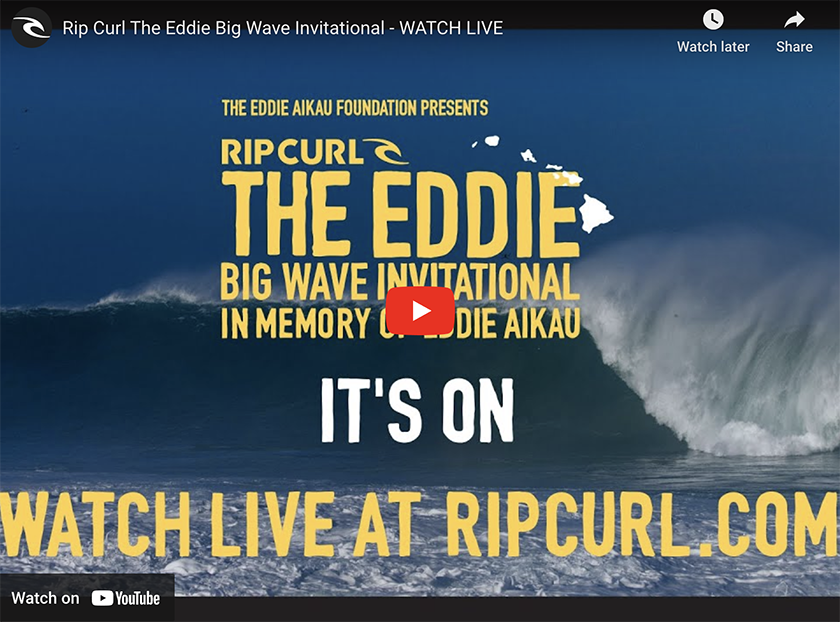And They’ll Be Representing Lost/Catalyst and Surfride in the Resin Roundup
July 14, 2020 by Surfer Magazine


Paul LeFevre “Son of Cobra” for …Lost/Catalyst
Close your eyes and try to imagine the perfect name for a surfboard label. Really spend some time here. Jot down a list. No judgments. Just let it flow — let whatever comes to mind bubble right up. Fill a few pages with names. What did you come up with? Doesn’t matter. There’s no way you imagined something even half as cool as “Son of Cobra,” the label of Costa Mesa-based — by way of Biarritz and Normandy, France – board builder Paul LeFevre.
How’d he come up with it? Well, it’s the translation of a song by some French band. But, the dude probably could have dreamt it up anyway. He’s a multi-faceted artist/graphic designer, which you can see at his website, and is clearly no stranger to rad imagery.
Also, no stranger to the glassing room. LeFevre has been getting resin under his nails and in his hair for at least 15 years, and started dabbling with resin art about a decade back. In Europe, he was glassing at Pukas, the San Sebastian-based European goliath of surfboard making. Matt Biolos (you know, founder of …Lost) picked up a few boards LeFevre had glassed at Pukas, and was impressed enough that he plucked him away to laminate some of his boards. Biolos can be a gruff, no nonsense dude. He knows what works and doesn’t play games. If he thinks LeFevre can glass a board, LeFevre can glass a board.
But LeFevre can also shape a board. He does some shaping for …Lost and, in fact, made the model underneath all the beautiful resin work for the Resin Roundup. He calls it the “Cobra Killer”, and it’s a sweet-as-pie, round-pin twinnie, kinda all the rage these days. You can also pick yourself up one of his sticks under his Son of Cobra label.
Unlike most other glassers in this battle, LeFevre does lots of art on the side, when he’s not pouring resin or mowing foam. He also makes clothes and even some furniture — dude is a designer after all — with a bit of that French sophistication running through his work.
The board he glassed for this challenge looks something like a sunset, less abstract than most, and a pretty cool foil to the SurfRide number it’s pitted against. “I like to keep things simple,” LeFevre says of his artwork and board design. “We’re selling and painting boards like crazy right now, too, so simplicity helps.”
Dustin Bernard for SurfRide
“Holy shit you can paint with resin!” Dustin Bernard remembers his big revelation. If you’re going to get jazzed on painting surfboards (more or less) with resin, the Bernard family is a good one to be born into. They own SurfRide, the legendary surf shop based in Oceanside, California. Dustin’s dad and uncle started the business back in 1974, expanded into the current location in 1984 and built a few more shops in the San Diego area for good measure. They split to go surf and sail about 15 years ago, leaving Dustin’s brother Josh in charge of the business side while Dustin shapes and gets busy (and sticky) in the glassing bay.
Bernard got into resin art, “From the get go,” he says. Soon as he learned how to mix resin and glass a board properly, he started thinking, “Hey, how weird can I get with pigment?” He was learning with a glasser named Ruben Garcia, alongside Ryan Burch, but where Burch was mostly into building strange asyms and stubby, bizarre fishes, Bernard was thinking bright colors and personality in his boards.
Also, the business side. Always gotta keep an eye there, Bernard explains. Making a resin art masterpiece is far from quick and easy. Just to properly lay up and glass a regular clear board is at least 4 hours of work, Bernard says. To make a relatively standard resin tint board with maybe a couple different shades, if not different colors entirely, well, now you’re looking at 8 hours. The black-railed, swirly pink beauty he entered into the Resin Roundup? That sucker consumed between 20 and 30 hours of Bernard’s precious time. Did you have any idea resin tints and board art took that long? Most people don’t.
“Surfboards in general are sold at a way undervalued rate,” Bernard says. “People end up buying clear boards just because of the lower price, but even then, so much work goes into them.”
Like LeFevre, his competitor in this opening bracket, Bernard made the board he submitted. He practices his technique and the colors he wants to use on plywood sheets, unlike most of the glassers in this challenge. He possesses a refined artist’s eye and used to paint canvas with acrylics. Now, it’s mostly surfboards and resin. A challenge, not only because the medium itself can be difficult, but because you’re dealing with an unpredictable public.
“People will order a board with resin art with a specific idea in their head of what it will look like, describe it to you, then you make it. Sometimes they see it and say, “Oh, that’s all wrong. I’m not buying that.” Gotta have thick skin in this business.








